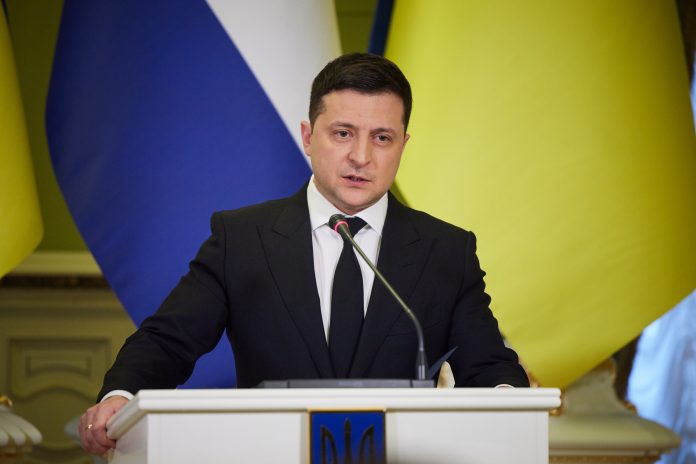
“A specially calculated attack to cause as much harm as possible to people and civilian infrastructure,” wrote Ukrainian President Volodymyr Zelensky, after Russia’s latest strike on Kyiv. The early-morning assault killed four and injured at least 29 in one of the most intense bombardments of the capital in recent months. This was not an isolated incident. The strike formed part of a broader Russian campaign that combines drones, cruise missiles, and ballistic weapons in overwhelming numbers.
Analysts say such attacks increasingly are designed to bypass Ukraine’s limited air defenses and inflict maximum damage on civilian life, with a view to straining critical infrastructure in advance of winter. The selection below evaluates the most salient features of this attack, including the weapons used in it and the strategic implications for Ukraine and its allies.
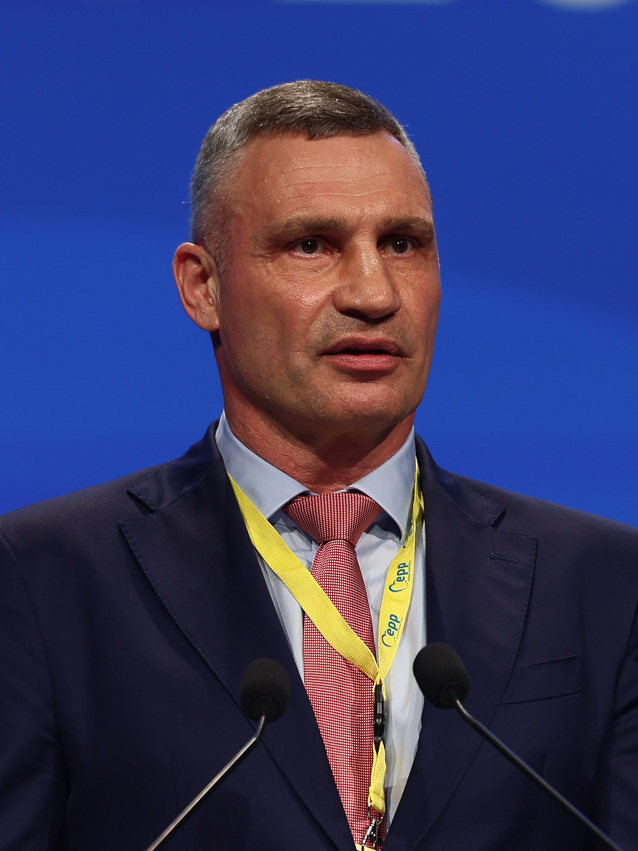
1. Scale of the Combined Strike
In total, Russia launched at least 430 drones and 18 missiles across Ukraine; Kyiv remained the central target. According to city officials, damage in seven districts, fires in residential buildings, and debris injuring dozens were reported. Kyiv Mayor Vitali Klitschko said that simultaneous waves of drones, ballistic, and cruise missiles make complete interception impossible and urged people to prepare for outages.
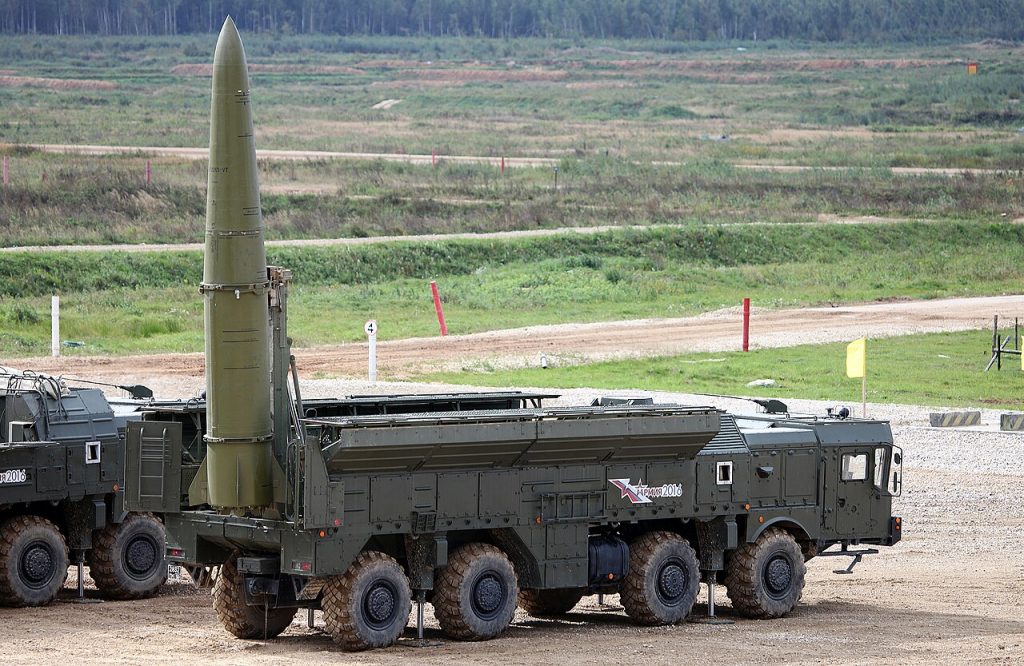
2. Advanced Capabilities of Iskander Missiles
Fragments from an Iskander missile damaged the Azerbaijan Embassy in Kyiv. The Iskander-M variant can carry a 1,543-pound warhead, reach Mach 6–7, and perform evasive maneuvers to evade interception. Radar decoys further confuse systems like the US-supplied Patriot, underscoring why Ukraine struggles to counter these strikes.
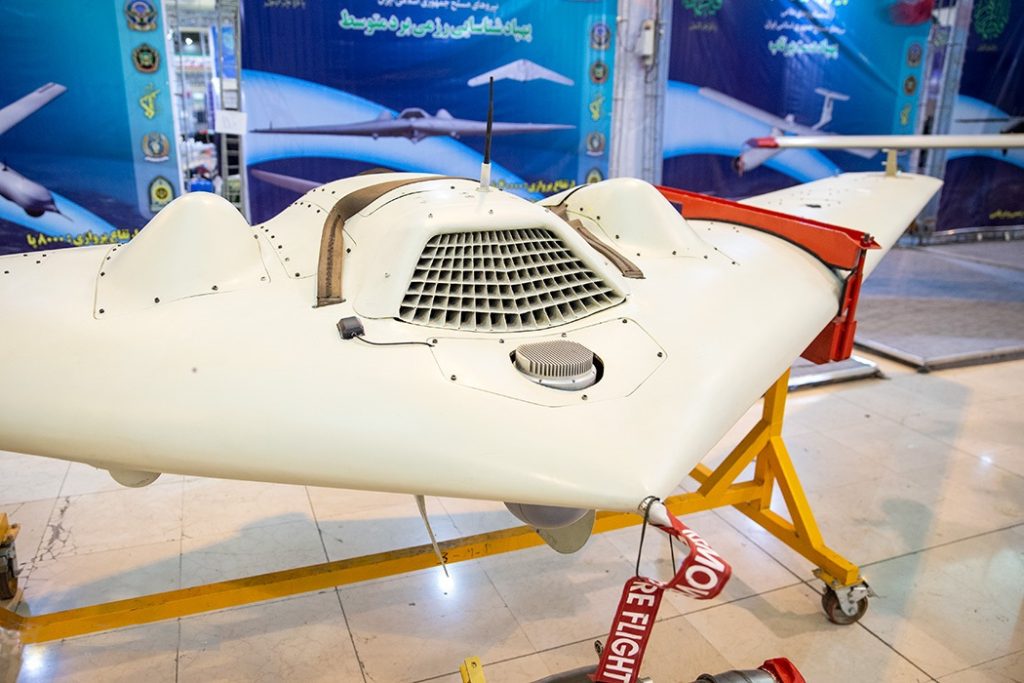
3. Shahed Drone Saturation Tactics
From a few initial, Iranian-made Shahed drones, Russia has progressed to mass production on home soil. Such low-cost systems saturate Ukrainian defenses and force expensive intercepts. Launches surged to over 1,000 per week by late 2024. The affordability of the drones at often $20,000-$50,000 each creates a sustained economic strain that contrasts strongly with the multi-million-dollar cost of interceptors.

4. Attacks Against Civilian Infrastructure
Apart from military sites, Russia has continued deliberate strikes on civilian infrastructure. UN investigators have documented systemic targeting of homes, hospitals, and schools-a crime against humanity. Falling debris from the missiles has hit residential areas in Kyiv, and attacks on energy facilities threaten to plunge millions into prolonged outages.
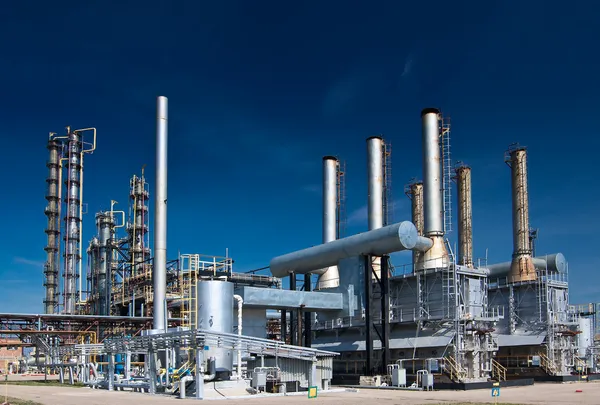
5. Energy Sector Under Siege
Recent Russian campaigns have destroyed more than half of Ukraine’s natural gas production capacity and 80% of its thermal power generation. Strikes on facilities in Kharkiv, Poltava, and Zaporizhia have triggered rolling blackouts. Repair costs are estimated at €758 million, with Ukraine seeking loans and grants to import additional gas before winter.

6. Cruise Missiles’ Persistent Role
Low-altitude cruise missiles remain a cornerstone in modern warfare. The fact that they can fly under radar coverage makes them hard to detect and intercept. A combination of such weapons with drones, as employed by Russia, guarantees the maximum chance of getting past defenses and inflicting damage on both military and civilian targets.
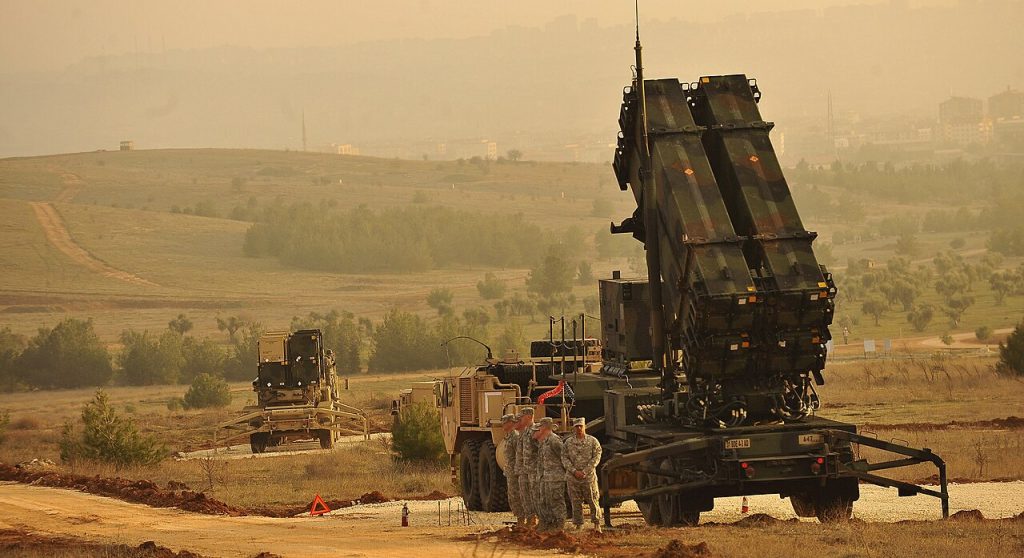
7. Production Asymmetry between Russia and NATO
Russia’s missile output significantly surpasses the interceptor production of NATO. In mid-2025, Russia produced 585 missile units in a quarter, whereas US and allied PAC-3 output remains capped at 650 annually. Russian unit costs, at around $400,000-$500,000 for an Iskander, are dwarfed by the $4 million price tag of a PAC-3, giving Moscow the long-term attritional advantage.

8. Ukrainian Defensive Innovations
The country has developed layered defenses comprising acoustic sensors, integrated command systems, and interceptor drones such as the domestically produced Octopus. Operating both at night and in electronic warfare-contested environments, these systems intercept Shahed-type drones at low altitudes. Partnerships with European firms have introduced AI-driven “drone wall” systems to protect cities and infrastructure.

9. Strategic Context in Donetsk
The assault comes amidst Russian gains toward Pokrovsk in Donetsk region. It thus appears that Moscow may be preferring symbolic territorial advances coupled with continued aerial punishment campaigns to destroy Ukrainian morale and whittle down Ukraine’s resources. Ukrainian counterattacks continue, but so does the pressure on Kyiv defenses.
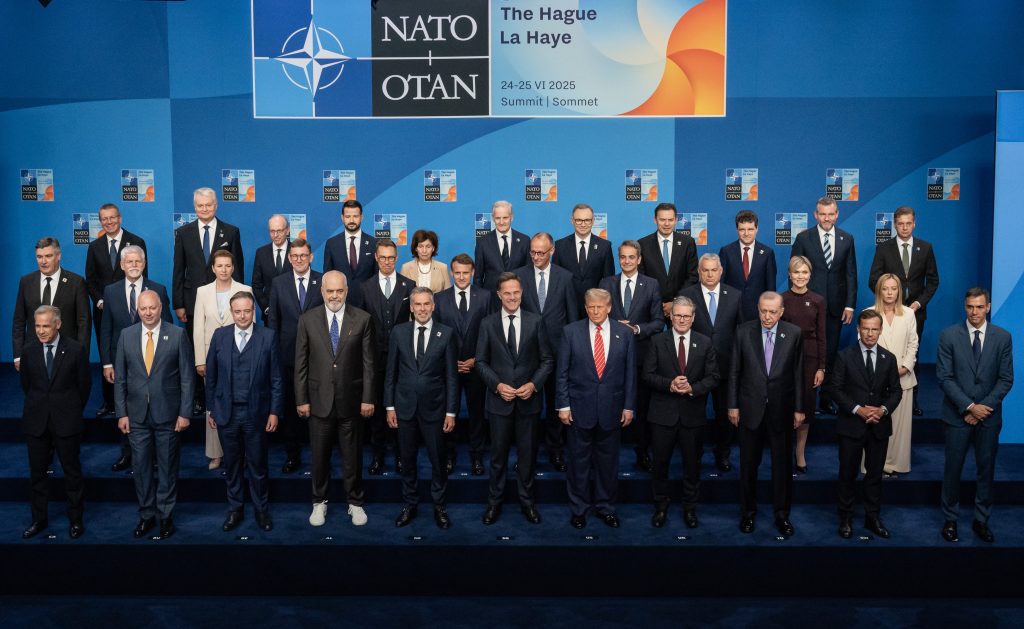
10. International Implications
The attack underlines the vulnerabilities not only for Ukraine but also for NATO states. Massed, coordinated aerial assaults, combining cheap drones with advanced missiles, could overwhelm European defenses in any future conflict. Scalable and cost-effective air defense solutions are urgently required, as present systems are optimized for low-volume threats.
Russia’s most recent strike on Kyiv dramatically highlights how modern combat has become an area of asymmetric costs, mass production, and saturation methods that can test even the most advanced defense systems. For Ukraine, the struggle is one of sustaining resources and infrastructure as much as one of holding territory. For its allies, the lesson is clear: prepare now for the kind of high-volume mixed-threat assaults that defines this conflict.
